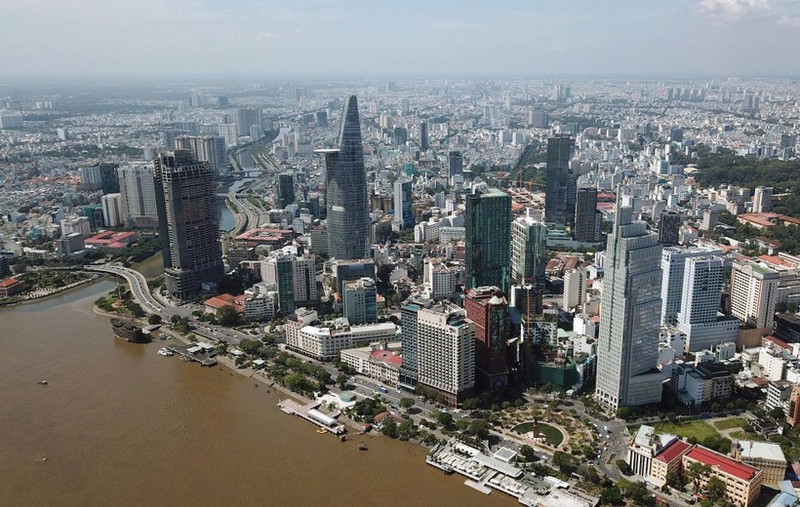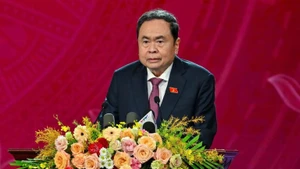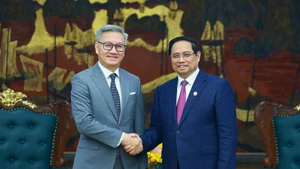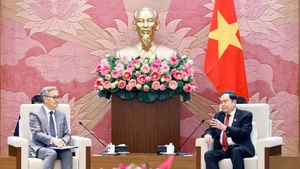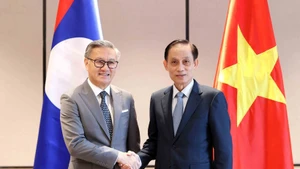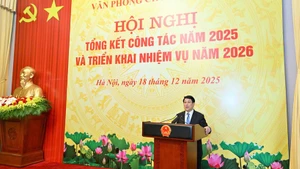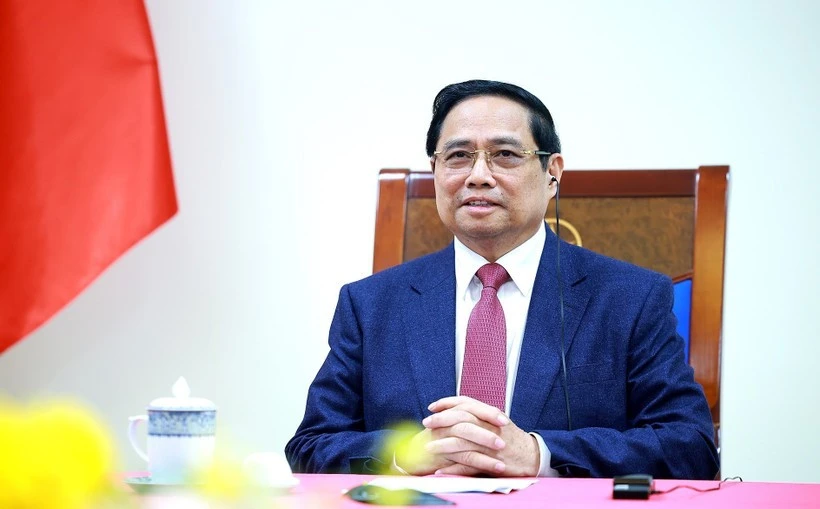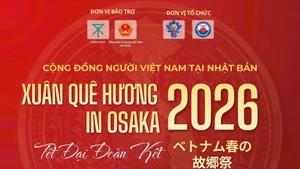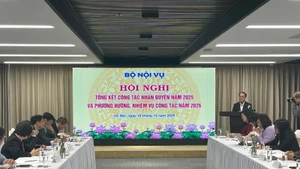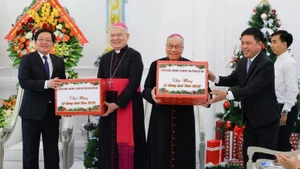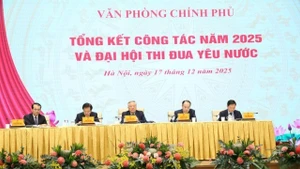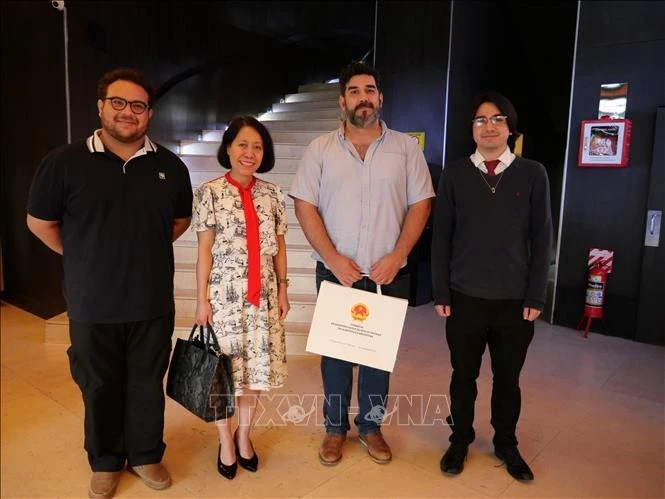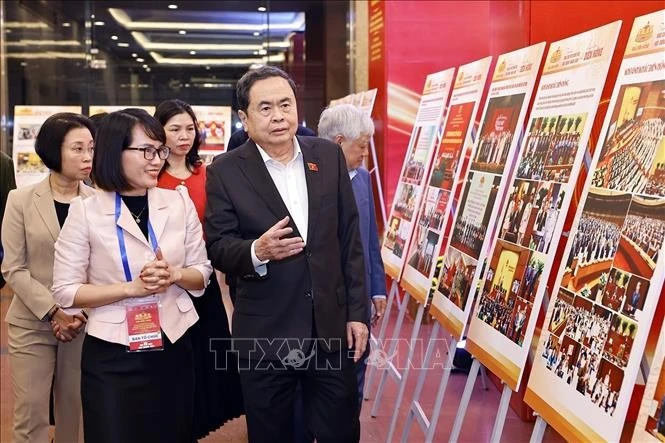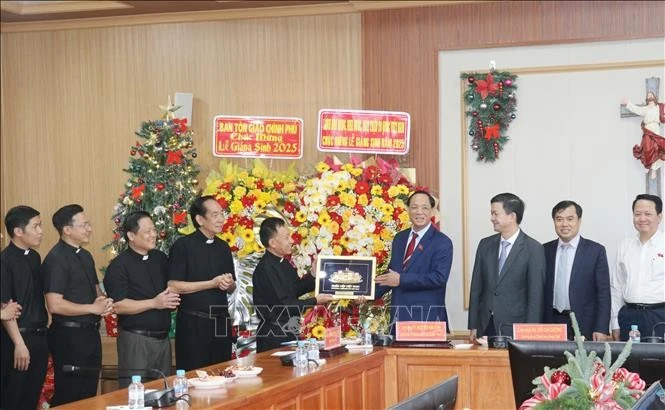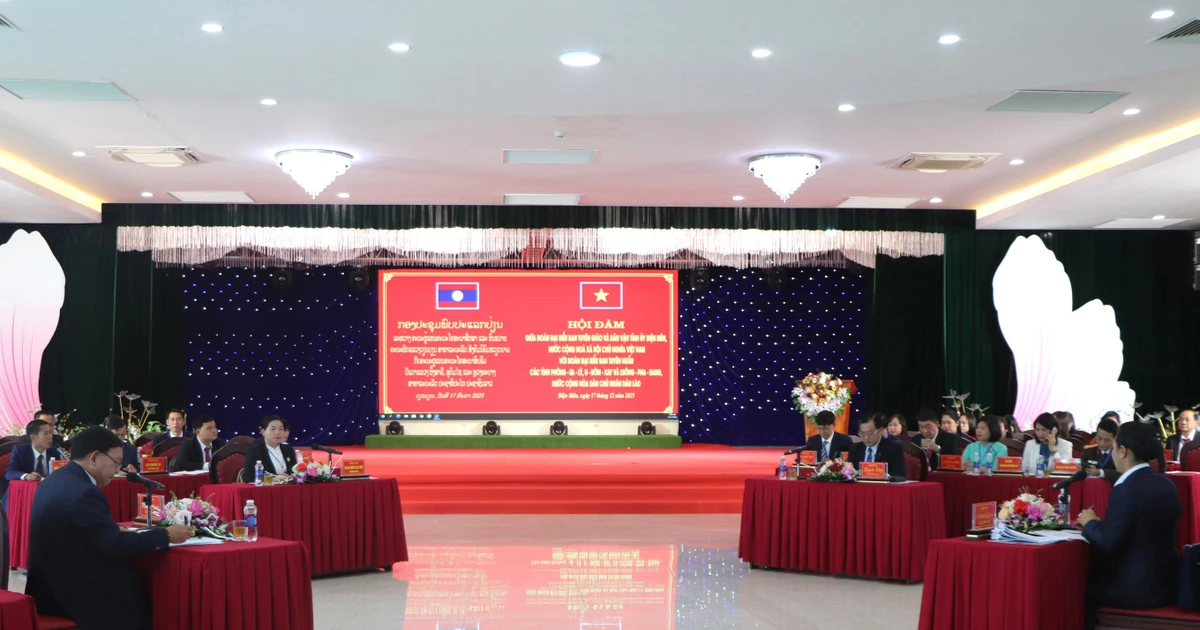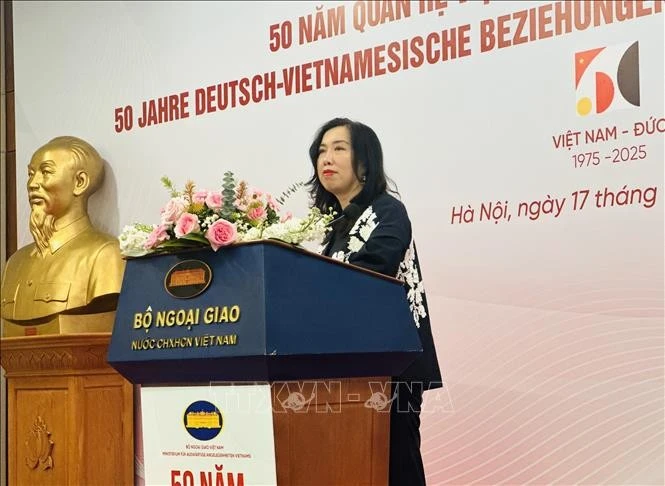Entering the 2025-2030 term, in the new development space after the administrative boundary expansion, Ho Chi Minh City has continued to affirm its pioneering role, with the determination to build the city into an international megacity of Southeast Asia, an attractive global destination worthy of the trust and expectations of the people of the whole country.
Steadily overcoming the “storms”
In the past term, Ho Chi Minh City, along with the entire country, faced many unprecedented difficulties and challenges. The 4.0 industrial revolution took place rapidly, the COVID-19 pandemic seriously affected the socio-economy, while resources and development space remained limited. Under the leadership of the HCMC Party Committee, the spirit of solidarity and consensus of the people and the business community, the city has overcome challenges, performed well in political tasks, and created a solid foundation for the new development stage.
Overcoming the challenges after the pandemic, the Party Committee, the government administration, and the people continued to work together to implement many solutions to quickly restore the economy and regain growth momentum. The economic structure was shifted towards sustainability, taking science, technology, and innovation as the driving force. The role of “locomotive” and “development driving force” of the special urban area is affirmed when the city maintains its position as the leading economic, cultural, financial, commercial, scientific-technological and innovation centre of the country.
The city has also proactively summarised and proposed many strategic policies, including Resolution No. 31-NQ/TW of the Politburo and Resolution No.98/2023/QH15 of the National Assembly on specific mechanisms and policies for the development of Ho Chi Minh City. At the same time, the city proposed the implementation of national-level projects such as the International Financial Centre, an urban railway system, Can Gio International Transit Port, a free trade zone (FTZ) associated with Cai Mep Ha Port. As such, the city continues to affirm its pioneering role in regional connectivity, leading the development of infrastructure, human resources, and digital infrastructure, and spreading growth momentum to the Southeast region and key economic areas in the South.
In the socio-cultural field, Ho Chi Minh City focuses on synchronous investment, improving the quality of education, healthcare, culture, sports, and ensuring social security. Education and training work has achieved many positive results; the health system has been consolidated towards socialisation and modernisation. Cultural, artistic and festival activities have been organised on a large scale, contributing to enriching the spiritual life of the people. National defence, security and foreign affairs work have continued to be strengthened; maintaining political security, social order and safety; expanding international cooperation on the foreign channels of the Party, state, and people.
The work of Party building and rectification has been carried out comprehensively and synchronously. Ho Chi Minh City has focused on political and ideological education, tightened discipline and order; resolutely and strictly handled violations; and strengthened people's trust in the Party. In particular, the construction of "Ho Chi Minh Cultural Space" has created a strong change in political and social life, contributing to fostering humanistic values, arousing the sense of responsibility and public ethics among cadres and party members.
A turning point for a new vision
According to Tran Luu Quang, Secretary of the Party Central Committee and Secretary of the Ho Chi Minh City Party Committee, the merger of Ho Chi Minh City with the provinces of Binh Duong and Ba Ria-Vung Tau is an unprecedented turning point in the history of urban development in Vietnam. The merger will comprehensively restructure the development space of the southern key economic region, forming an “international super city” of Southeast Asia, where the three most dynamic growth poles in the country converge.
The goal of Ho Chi Minh City in the new period is to build the city into the centre of Southeast Asia, in the top 100 most liveable cities in the world. However, the city also faces many challenges: unsynchronised infrastructure, lack of high-quality human resources, environmental issues, rich-poor gap, competition to attract investment, adaption to climate change, ensuring energy security, and preserving cultural identity. These factors require the city's Party Committee and government to make a strong shift in establishing a growth model, governance capacity, and adaptability.
The draft political report submitted to the 1st Congress of the Ho Chi Minh City Party Committee identifies the goals: Building a clean and strong Party Committee and political system; perfecting an effective organisational model; promoting the tradition of solidarity, dynamism, humanity, creativity, and pioneering for the whole country. The city aims to become a civilized, modern urban area, a centre of innovation, a leader in industrialisation and modernisation, with regional influence by 2030. By 2045 — the 100th anniversary of the country's founding — the city will be ranked among the 100 best cities in the world, becoming an international megacity of Southeast Asia, an economic, financial, tourism, educational, and medical centre of Asia — a globally attractive destination with its own cultural identity and high quality of life.
To achieve that goal, the city is focused on implementing 10 main groups of tasks and solutions. First of all, it is to innovate the growth model and restructure the economy based on science and technology, innovation, digital transformation, and comprehensive green transformation. The city will re-architect the development space according to a multi-polar, integrated, and super-connected mindset; at the same time, mobilise all resources to invest in synchronous, civilized, and modern infrastructure.
At the same time, the city focuses on developing culture and people, the spiritual foundation of society; building Ho Chi Minh City imbued with humanistic values, arousing love for the homeland, the will to be self-reliant, the desire to contribute and develop a wealthy, civilised, and happy country. One of the key tasks is to promote the role of the people as the main subject, implement socialist democracy, strengthen the great national unity bloc, and closely connect the Party with the people.
In particular, the city continues to build a streamlined, effective, and efficient government; perfect the administrative system to serve the people; improve the capacity and public ethics of the contingent of cadres and civil servants; and at the same time, promote the building and rectification of a clean and strong Party and political system, with a contingent of cadres who dare to think, dare to do, and dare to take responsibility for the common good.
With a pioneering, dynamic, compassionate and creative spirit, Ho Chi Minh City is entering a new stage of development, where every project, every person, every policy is aimed at a common aspiration: to build the city named after Uncle Ho into a modern, humane, integrated megacity, worthy of its position as the centre of the region and an attractive global destination.
